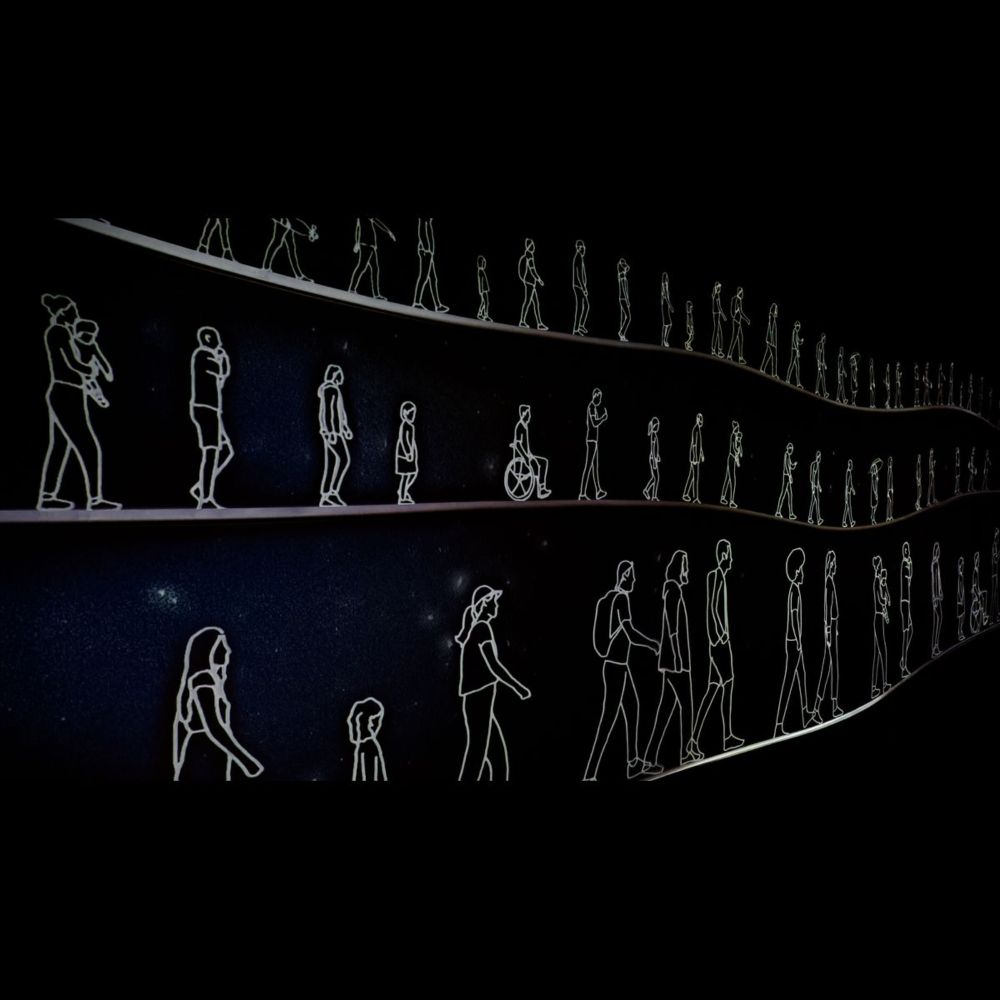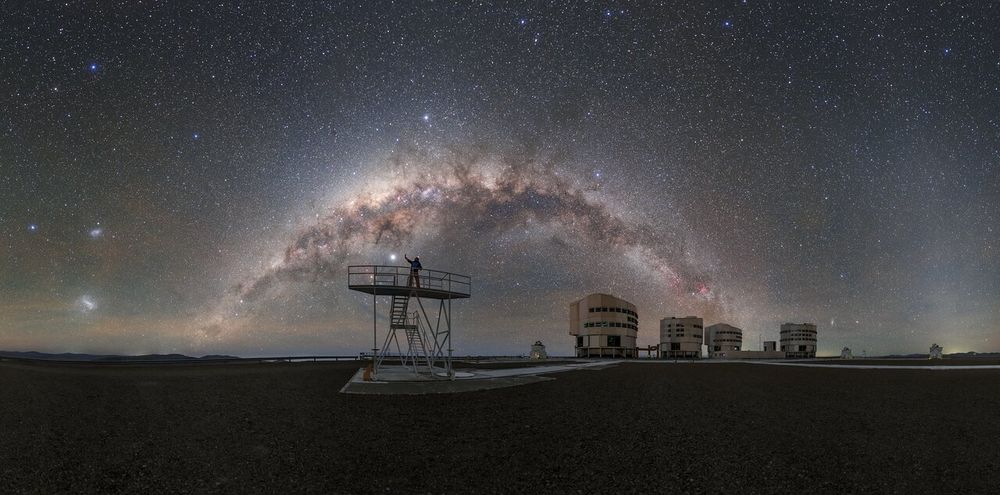
A big thanks to Iain Hammond, who provided us with his new astrometry for PDS 70 d! You can find his paper about new detections of the planet candidate here: arxiv.org/abs/2504.11127
17.04.2025 15:41 — 👍 1 🔁 0 💬 0 📌 0@dtcupcakes.bsky.social
Astrophysics PhD student at MPIA Heidelberg 🇩🇪 Studying the formation of planets via direct imaging 🪐 he/they 🏳️🌈

A big thanks to Iain Hammond, who provided us with his new astrometry for PDS 70 d! You can find his paper about new detections of the planet candidate here: arxiv.org/abs/2504.11127
17.04.2025 15:41 — 👍 1 🔁 0 💬 0 📌 0By comparing our new mass constraints to luminosity evolution models from Spiegel & Burrows (2012) we determined that PDS 70 b and c are both hot/warm-start planets!
17.04.2025 15:41 — 👍 0 🔁 0 💬 1 📌 0
Two sets of orbits for the PDS 70 planets, with astrometry plotted over the top of each.
In order to tell hot/cold-start you need planet masses, and a good way to get those is through orbit fitting. We do a lot of different orbit fits, some of which include the new planet candidate PDS 70 d!
17.04.2025 15:41 — 👍 0 🔁 0 💬 1 📌 0The differences between cold/hot-start planet formation are really important when we're searching for planets via direct imaging. Beta Pic b & c are hot-start, and so are the HR 8799 planets, but what about PDS 70 b & c?
17.04.2025 15:41 — 👍 0 🔁 0 💬 1 📌 0
My first PhD paper about hot/cold-start for the PDS 70 planets is now up on arXiv! You can find it here: arxiv.org/abs/2504.11210
Big thanks to all my co-authors and everyone else who helped push it over the line!

I feel like people are overlooking the results of this paper which also came out today: arxiv.org/abs/2504.12030
tl;dr the amount of starlight being reflected into space by this planet is way too low to prevent a runaway greenhouse effect, which would not allow the existence of a liquid water ocean

A very good online lesson-style thing about what ChatGPT is and whether it's a huge invention (or just bullshit).
Probably a great thing to get in front of your students, seeing as they're almost definitely using it regularly: thebullshitmachines.com

The best dark sky in the world - the Atacama Desert in Chile, which hosts many @eso.org telescopes - is under threat from an industrial project. 🔭
Astronomers can sign a petition in favour of moving the planned industrial project: docs.google.com/forms/d/e/1F...

The skies above Paranal are at risk from a proposed industrial megaproject.
This would be located in the vicinity of ESO's Observatory. If constructed, it would irreparably impact astronomical observations.
Read more: https://www.eso.org/public/news/eso2501/
🔭
📷 ESO/P. Horálek